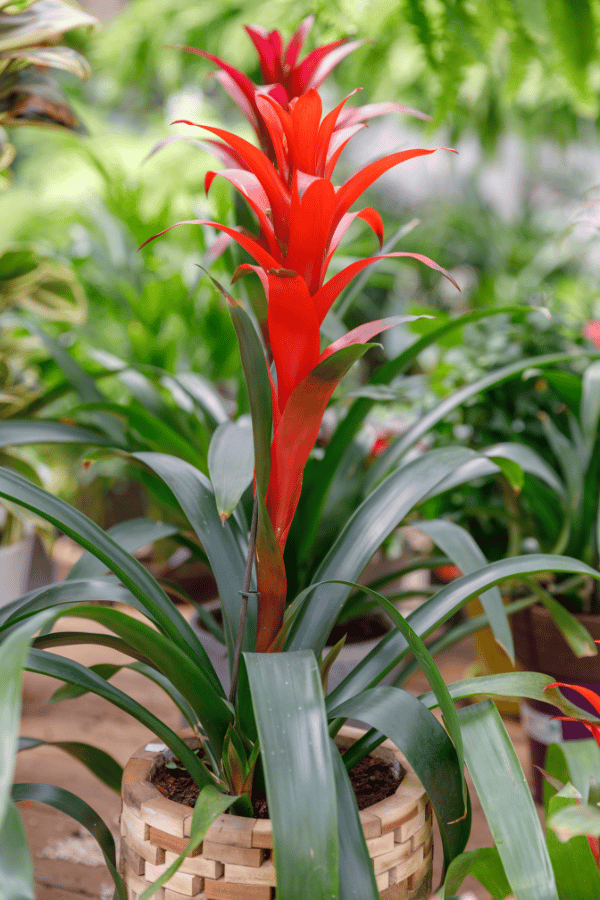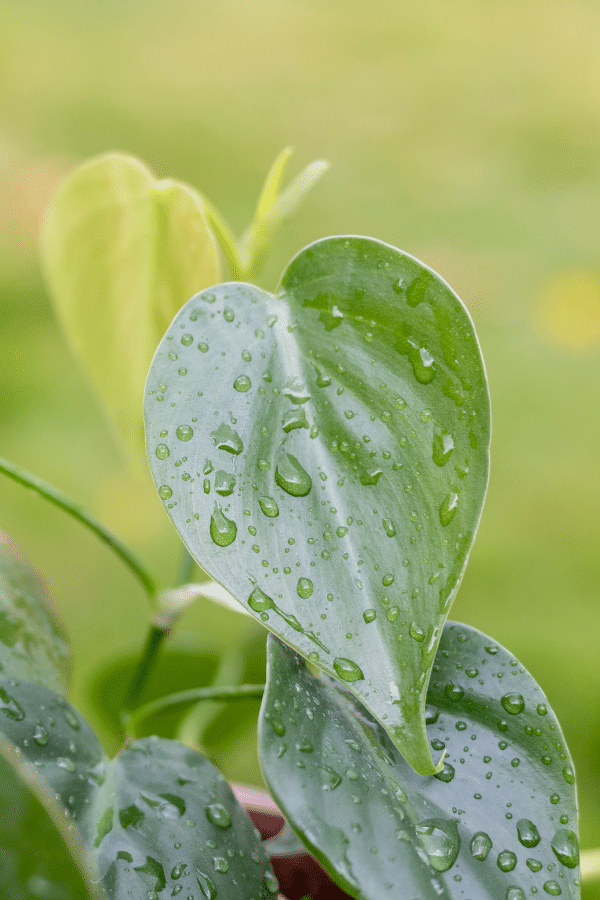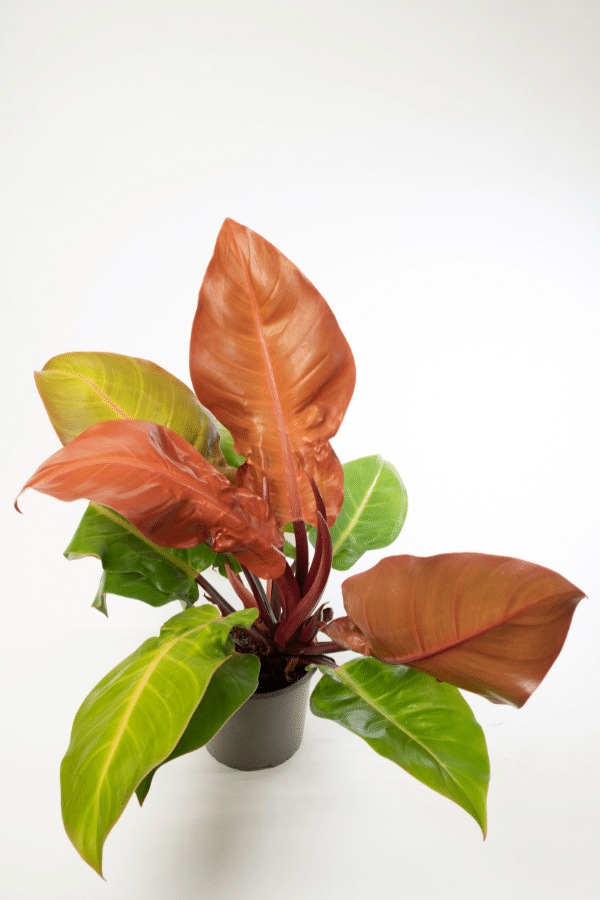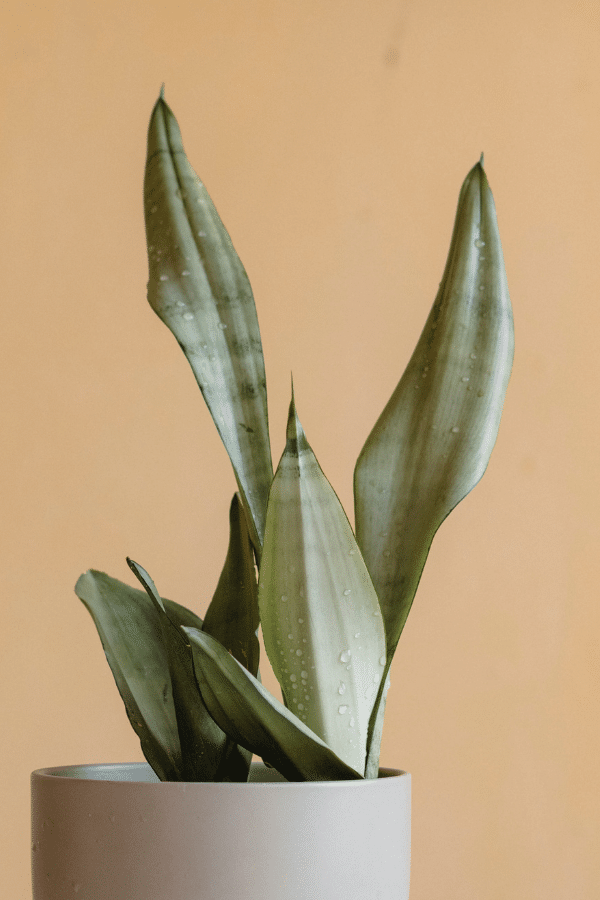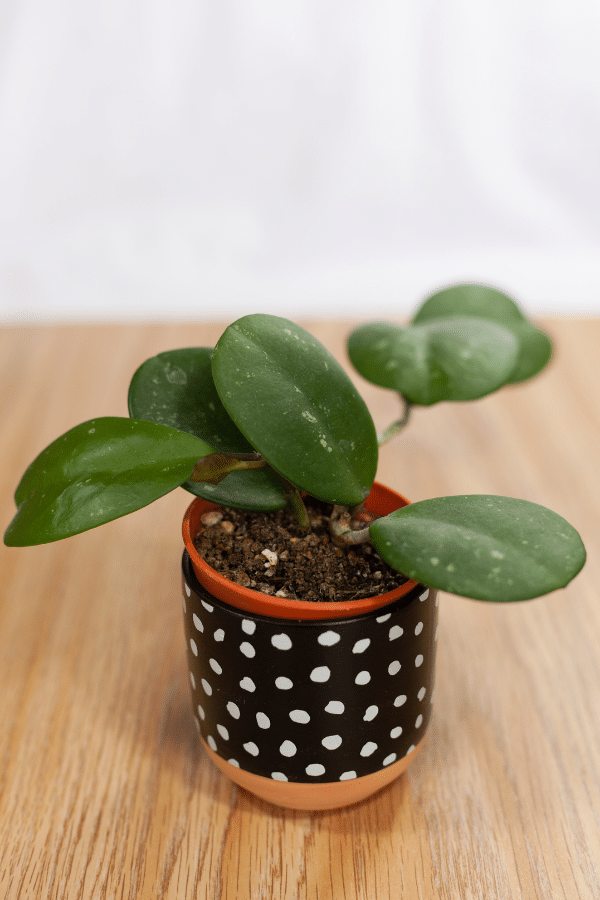Ponytail Palm
Scientific Name: Beaucarnea Recurvata
Ponytail Palm care is an easy Palm to grow and care for, that’s not really a Palm. If you are looking for an easy going plant that can tolerate a little bit of neglect, then by the end of this article, you can see if a Beaucarnea Recurvata plant is for you.
To give this Palm plant the best care, it requires well-draining soil, water when the soil is dry, provide it with bright indirect sunlight, temperatures ranging from 60-80F, and average humidity levels.
Quick Care Overview
| Common Name | Ponytail Palm |
| Scientific Name | Beaucarnea Recurvata |
| Family | Asparagaceae |
| Origin | Central America |
| Growth Rate | Slow |
| Identification | Long thin leaves that drape over the trunk |
| Height | Up to 8 feet tall |
| Soil | Well-draining soil |
| Water | Let dry out completely before watering |
| Temperature | 60-80F |
| Sunlight | Bright indirect sunlight |
| Toxic to Cats & Dogs | No |
| Toxic to Humans | No |
| Pests | Mealybugs, fungus gnats, spider mites, aphids |
| Diseases | Root rot, bacterial leaf streak |
Below we will dive deep into this Ponytail Palm care guide.
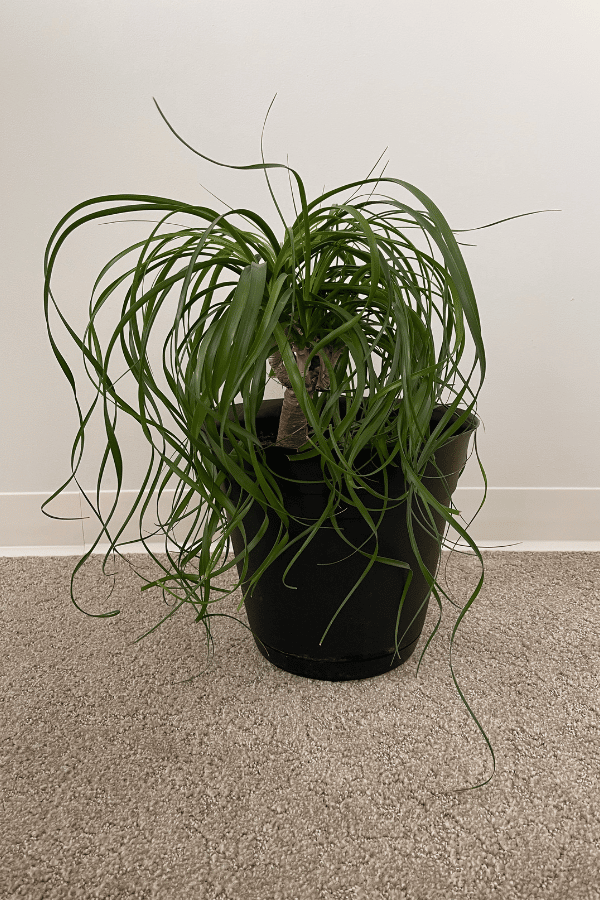
Ponytail Palm History
Central American native, Beaucarnea Recurvata, otherwise known as the Ponytail Palm or Elephant’s Foot, is a cute curly plant that is not a true palm but part of the Asparagaceae family. Often grown in shallow containers and having a bulbous trunk appearance, when grown indoors, this palm makes the perfect compact plant to add a tropical touch to the desktop.
Ponytail Palm Identification
While not classified as an actual Palm tree, but a succulent, the ponytail palm has long delicate leaves that drape over its branches, leading to a ponytail-like effect. Ponytail Palms may have one or more light brown trunks that produce long light green leaves.
Ponytail Palm Growth Facts
While remaining compact relative to its container size, this tree can grow to 30 feet tall when grown outdoors in their natural environment.
How Big Does a Ponytail Palm Get?
How big your plant will get will depend largely on its container size. When grown indoors, a Ponytail Palm will rarely grow larger than 8 feet tall. Mine has stayed about 2 feet tall for 5+ years, and the foliage just keeps growing.
Ponytail Palm Care
Being an extremely easy plant to care for, as long as you provide it with light and steady water, you can pretty much forget about this plant. This plant is very slow-growing.
Ponytail Palm Soil
Your Ponytail Palm prefers to be grown in a cacti succulent potting mix with peat moss or coco coir incorporations.
Ponytail Palm Fertilizer
To supplement the growth of your Ponytail Palm, apply a slow-release granular fertilizer in spring. Ensure that you follow all label instructions and do not feed in winter.
Ponytail Palm Watering
The bulbous stem of the Ponytail Palm doesn’t require much water. Water your Ponytail Palms every one to two weeks when grown indoors, or when the soil is dry. During the cold winter months, watering may be reduced to once a month.
Ponytail Palm Light Requirements
Ponytail Palms love lots of bright indirect light. Therefore, these Palms will do best if grown near a very bright and sunny window. You may take your Ponytail Palm outdoors during the summertime to receive the light it craves. However, ensure that you place it in dappled sunlight, as intense summer sun will scorch this plant.
Ponytail Palm Temperature & Humidity
Your Ponytail Palm will prefer to be kept above 60 degrees Fahrenheit at all times. It will tolerate temperatures as low as 50 degrees Fahrenheit for brief periods. As these succulents prefer an arid environment, added humidity is not necessary.
Repotting Ponytail Palm
Ponytail Palms like to remain somewhat rootbound. If you want to keep your ponytail palm compact, repot every 2-3 years. If you would like to obtain a larger tree, repot annually. Repotting should be done in spring. Repotting is also an excellent time to propagate if there are offset plants visibly growing from the mother plant.
Ponytail Palm Maintenance & Pruning
You should trim your Ponytail Palm of any damaged, diseased, or dead leaves using sharp, clean shears. If let to grow, the foliage will become super long. To maintain a classic tree appearance with a central trunk, trim every few months.

Ponytail Palm Propagation
Although not consistently successful, Ponytail Palm offsets that grow from the mother plant’s base may be removed and individually potted. Propagation should ideally be done in early spring and may be done during repotting. To propagate, remove offset plants from the mother plant. Use a sharp, clean blade to divide if roots have become too entangled. Repot your plant and the mother plant into their own containers. Refresh the soil, tamp lightly, water your plant thoroughly, and place into indirect light.
Ponytail Palm Toxicity
Toxicity to Humans
Ponytail Palms are not considered toxic to humans. However, they are not considered edible, so you should still take care not to consume this plant, as it may cause digestive upset.
Toxicity to Cats & Dogs
Luckily, the Ponytail Palm is not considered toxic to cats or dogs. However, you still should not allow your pet to consume this plant, as it may lead to digestive upset in your pet or damage to your plant.
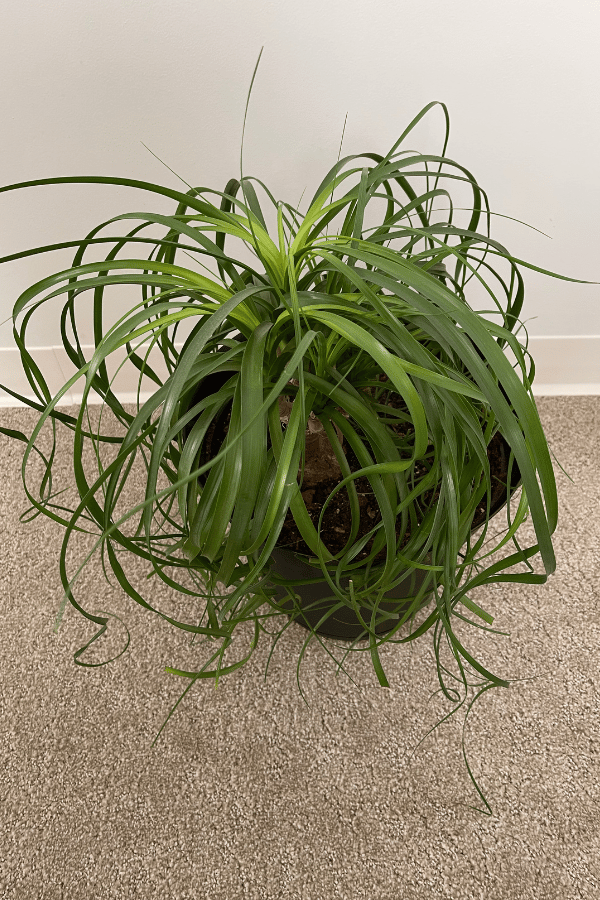
Ponytail Palm Problems
Ponytail Palm Leaves Turning Yellow
The most common cause of the foliage of your Ponytail Palm turning yellow is due to overwatering. However, yellowing may also occur as a result of lack of sunlight, or issues related to fertilization.
Ponytail Palm Leaves Turning Brown
While some browning of lower leaves is natural, browning foliage may indicate that your ponytail palm is not receiving enough water, is receiving too much water, or is receiving too much direct sunlight.
Ponytail Palm Diseases
Ponytail Palms may be affected by stem rot, leaf spot, and bacterial leaf streak. However, the most common source of issues is related to overwatering. Ensure that you do not overwater your plant or allow it to sit in excess water within the plant container’s drainage tray.
Ponytail Palm Pests
As with many other indoor houseplants, the Ponytail Palm can become susceptible to infestation from houseplant pests such as aphids, mealybugs, spider mites, and scale. Upon identifying an infestation, isolate your plant, and treat it with a pesticide such as insecticidal soap or neem oil. Ensure to follow all label instructions.


